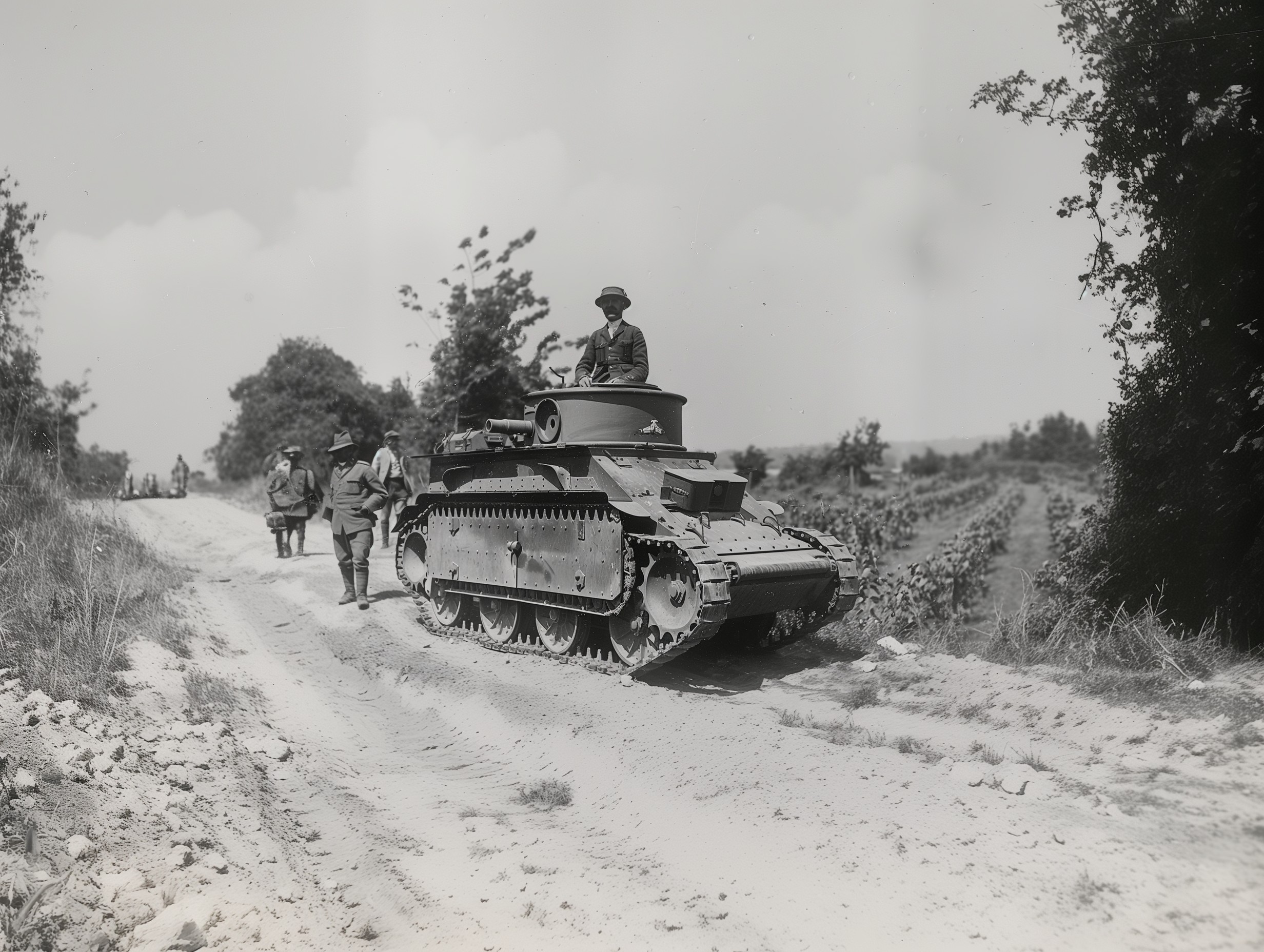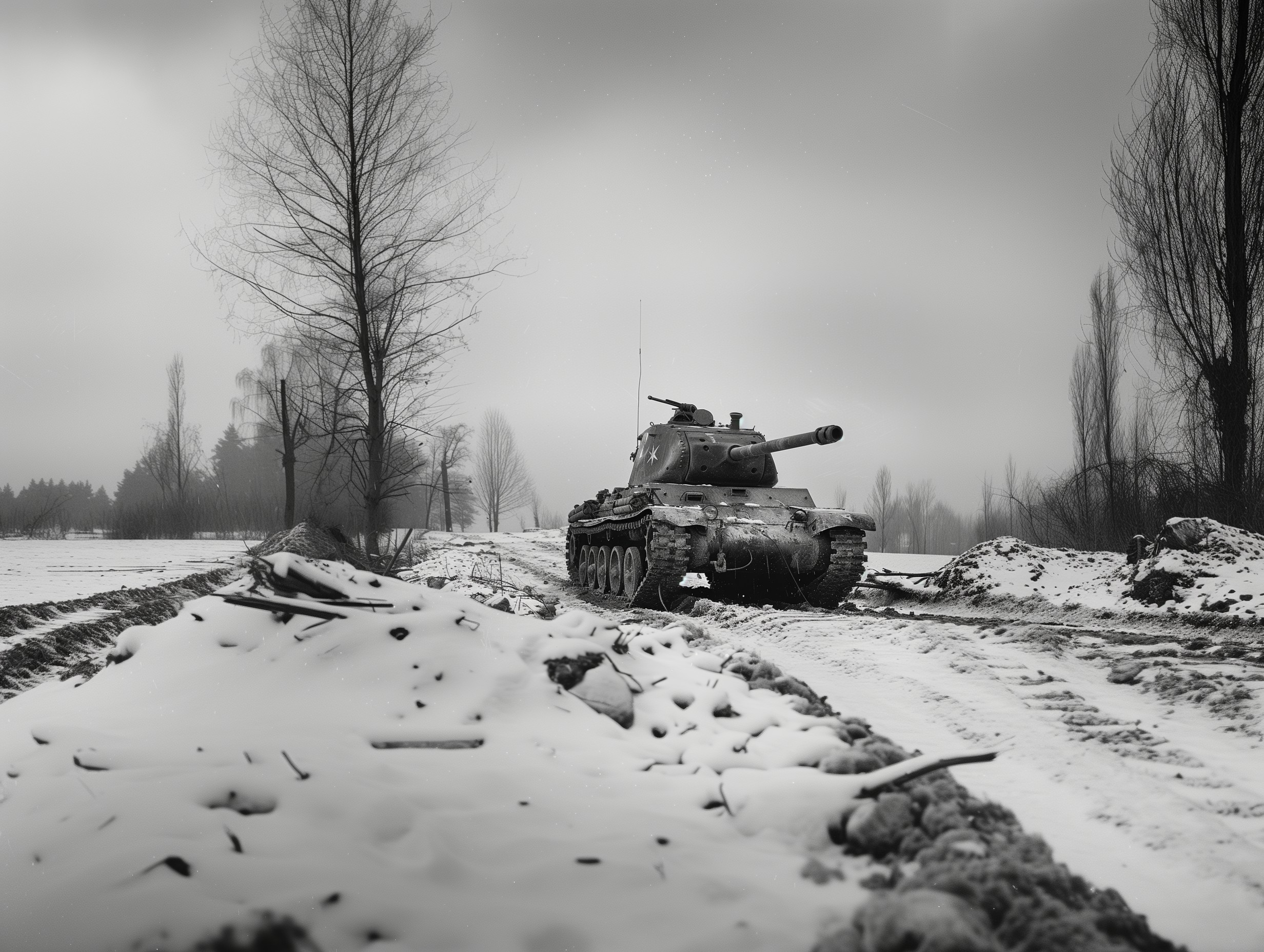Churchill AVRE History
The Churchill Armoured Vehicle Royal Engineers (AVRE) was a British engineering armoured vehicle designed during World War II. Based on the Churchill tank, it was equipped with a variety of demolition equipment instead of the standard tank armament. Its primary role was to provide engineering support to infantry, including laying bridges, clearing obstacles, and demolishing enemy fortifications.
The Churchill AVRE was first used in combat on D-Day, June 6, 1944, supporting the British and Canadian forces landing on the Normandy beaches. It proved invaluable in breaching the German defences and allowing the Allied forces to break out from the beachhead. The vehicle continued to serve throughout the European campaign, adapting to various engineering roles as required.
Equipped with a 290mm Petard mortar, the Churchill AVRE could fire a large demolition charge, known as the 'Flying Dustbin', capable of destroying bunkers and other fortifications. Alongside this, it could carry fascines to fill ditches or provide a makeshift bridge over small gaps, and a bobbin to lay a track across soft ground, enhancing its versatility on the battlefield.
The Churchill AVRE represents a significant innovation in military engineering vehicles, combining heavy armour protection with specialized equipment to support and enhance the capabilities of the infantry it accompanied. Its success during World War II highlights the importance of engineering vehicles in modern warfare, a legacy that continues to influence military engineering vehicles today.

